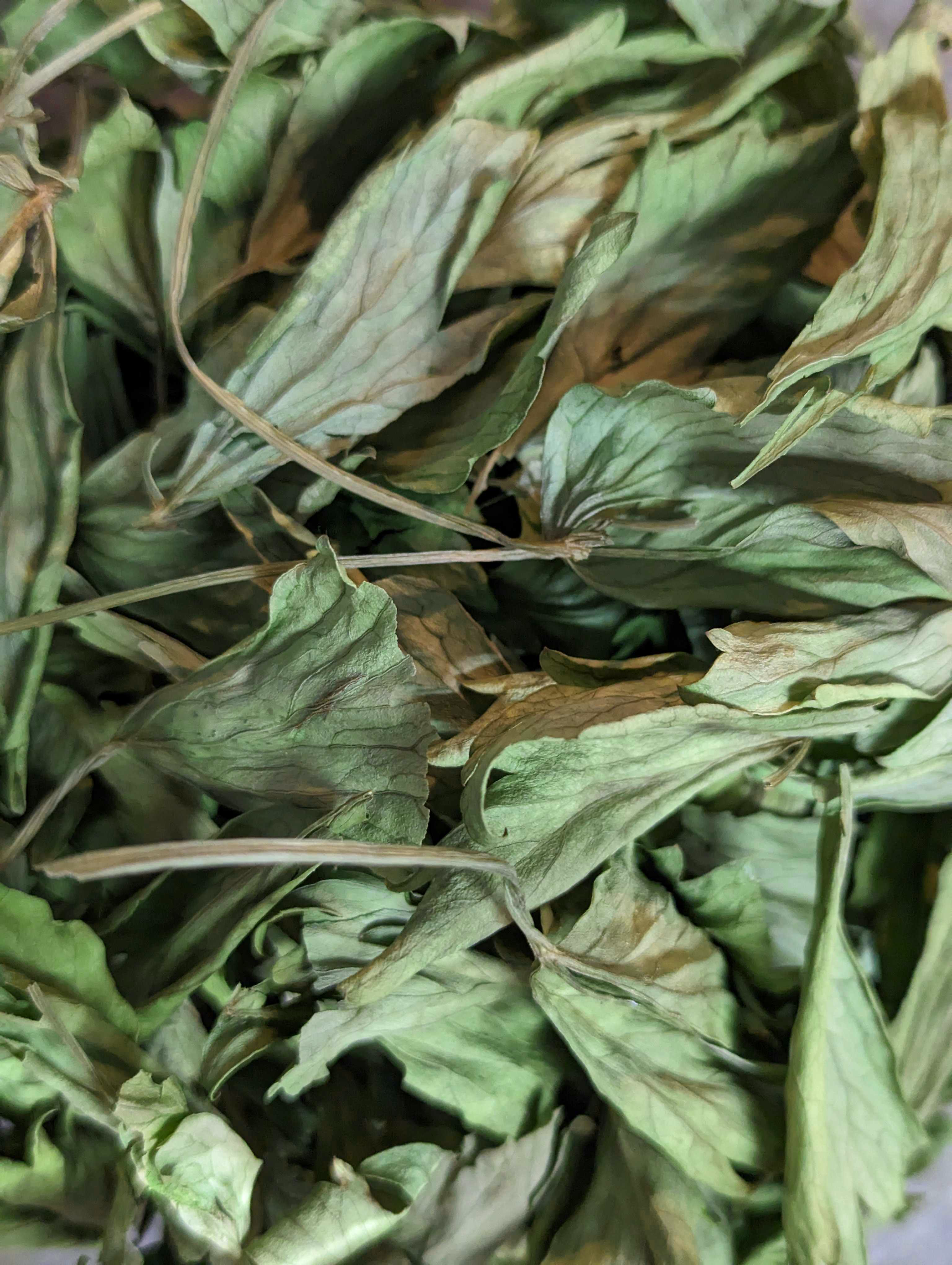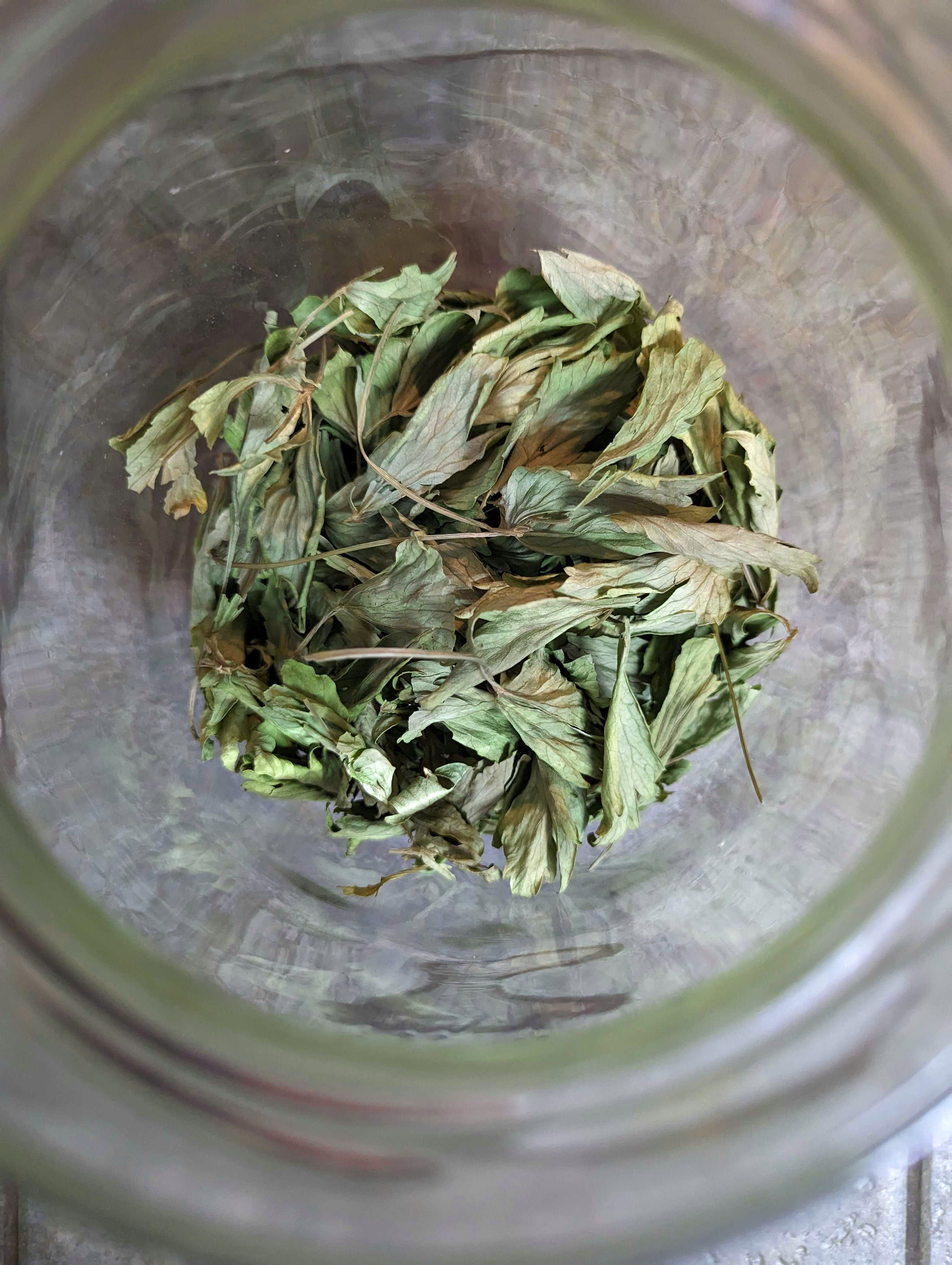Lovage
Lovage is a towering herbaceous plant known for its robust celery-like flavour. With its deep-green, feathery leaves and bright yellow blossoms, lovage is both an aromatic culinary delight and an eye-catching garden perennial. Particularly in areas like Alberta, this ancient herb has been embraced by gardeners and chefs alike for its multifaceted uses.

More on Lovage
About
Scientifically termed Levisticum officinale, lovage is part of the Apiaceae family, which also boasts members like parsley and carrot. Native to the Mediterranean region, lovage can grow up to 2 metres tall in suitable conditions. Beyond its striking appearance, the plant's leaves, seeds, and roots are all edible, making it a favourite among those who appreciate versatile herbs. Its scent and flavour strongly evoke celery, with a hint of aniseed.
History
Historically, lovage was cultivated and used by various ancient civilizations, including the Romans and Greeks, not only as a culinary ingredient but also for its believed medicinal benefits. Over time, its popularity spread across Europe, and it eventually found its way to North America with settlers. In Alberta, where diverse culinary traditions intersect with a passion for gardening, lovage has found renewed appreciation. Its hardiness, especially in cooler climates, makes it a staple in many Albertan herb gardens.
Ways To Cook
The rich, aromatic quality of lovage makes it a stand-out ingredient in many dishes. Its leaves, when freshly chopped, can enhance the flavour of salads, broths, and poultry dishes. For those seeking a burst of freshness in their drinks, young lovage stems can be added to cocktails or lemonades. The seeds, slightly warmer in flavour, can be ground and used as a spice in bread or sprinkled over dishes for an added depth of taste. Even the roots have culinary merit; they can be harvested in the autumn and used in soups or stews. However, given lovage's potent flavour, a little often goes a long way, adding just the right touch of depth and complexity to a dish without overwhelming it.


